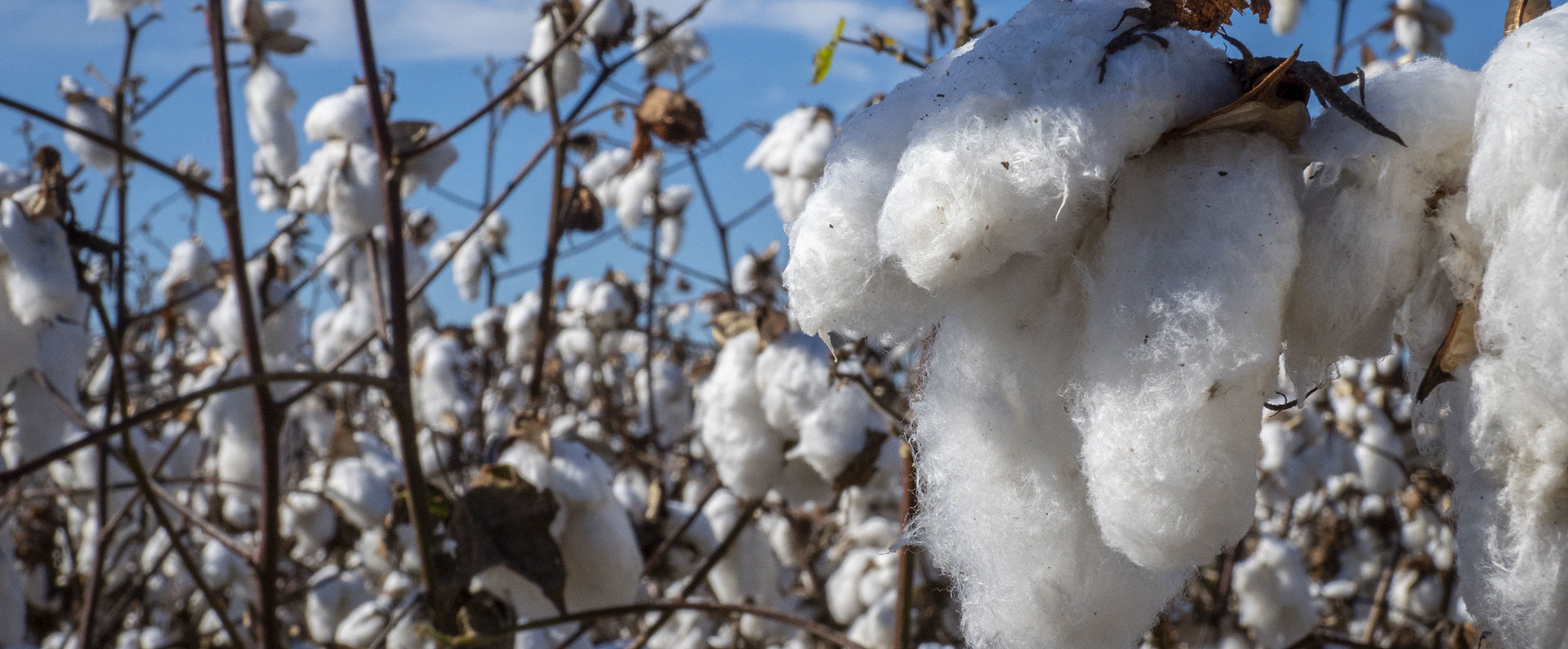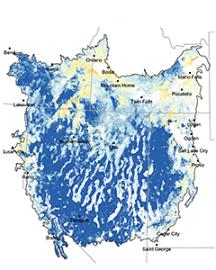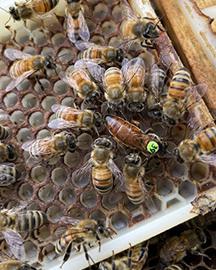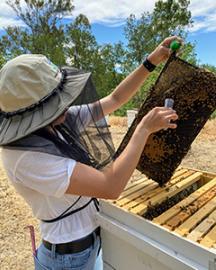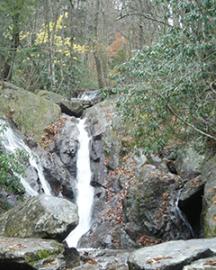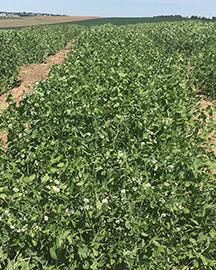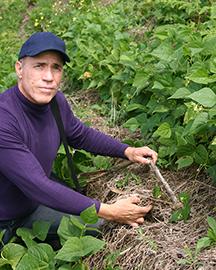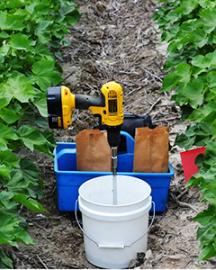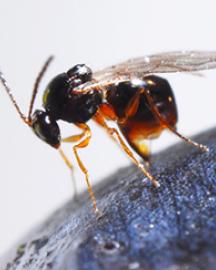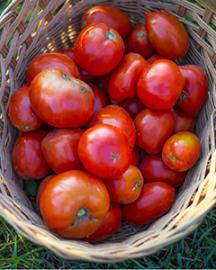ARS Researchers Use Careful Screening to Breed Superior Cotton
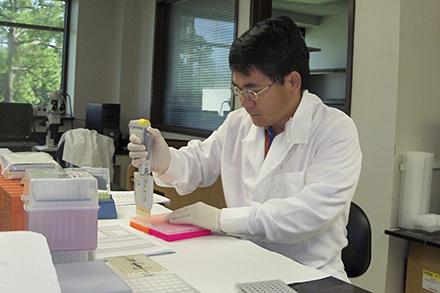
Cotton growers normally have two goals for their plants: high-quality fibers and lots of them. Unfortunately, these two goals are usually at odds: the better the quality of the fibers, the lower the yield, and vice versa. Until now.
Through careful genetic analysis and selective breeding, researchers at the ARS Cotton Fiber Bioscience Research Unit in New Orleans, LA, have broken the linkage, producing new strains of cotton that offer both quality and abundance. Building on earlier work by ARS colleagues in Starkville, MS, the researchers evaluated over 500 different cotton lines. A combination of field data and DNA markers helped them identify seven lines with the qualities they sought: fibers that are long, strong, and plentiful. They have now released those lines to commercial and other public plant breeders, who have begun using them to improve the seed that will make varieties with improved cotton fiber available for American growers.
Related Information
Research Project: Molecular Characterization and Phenotypic Assessments of Cotton Fiber Quality Traits



